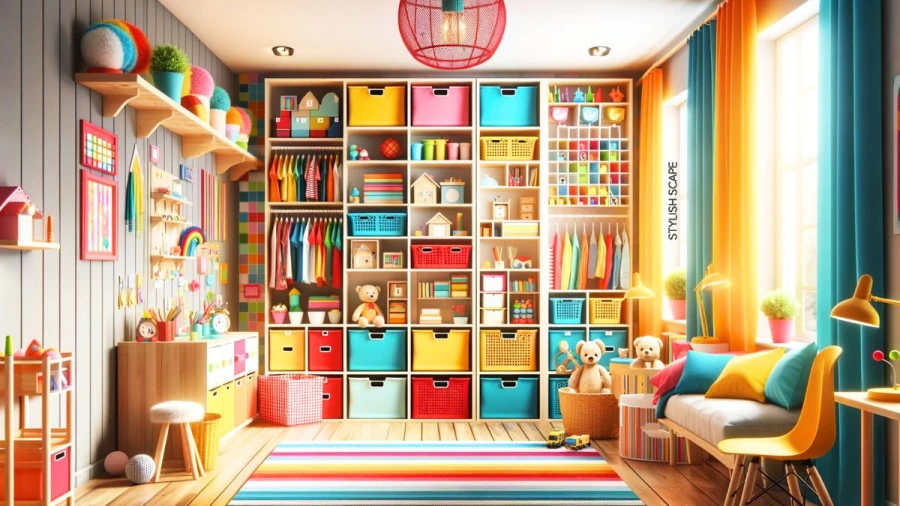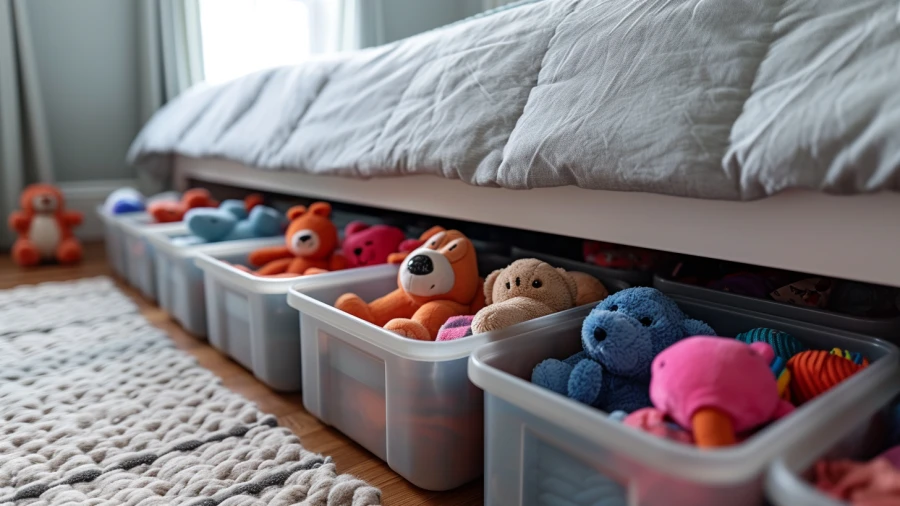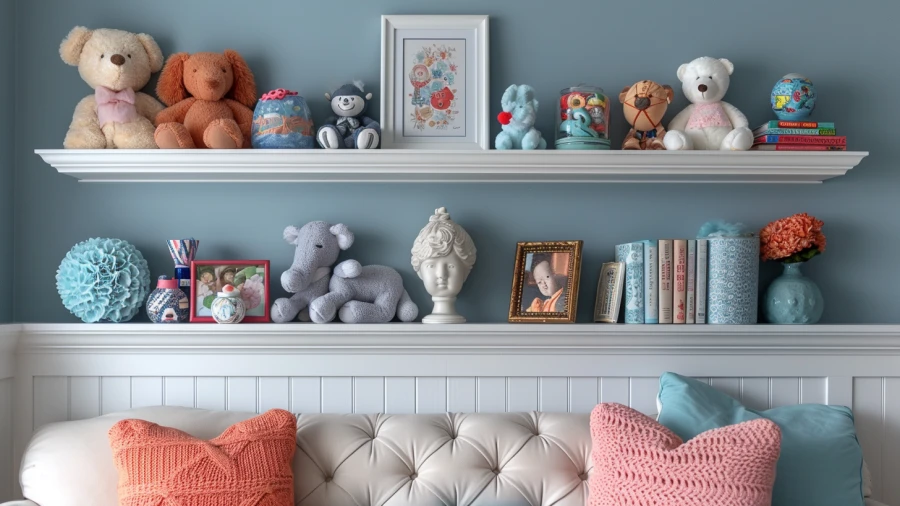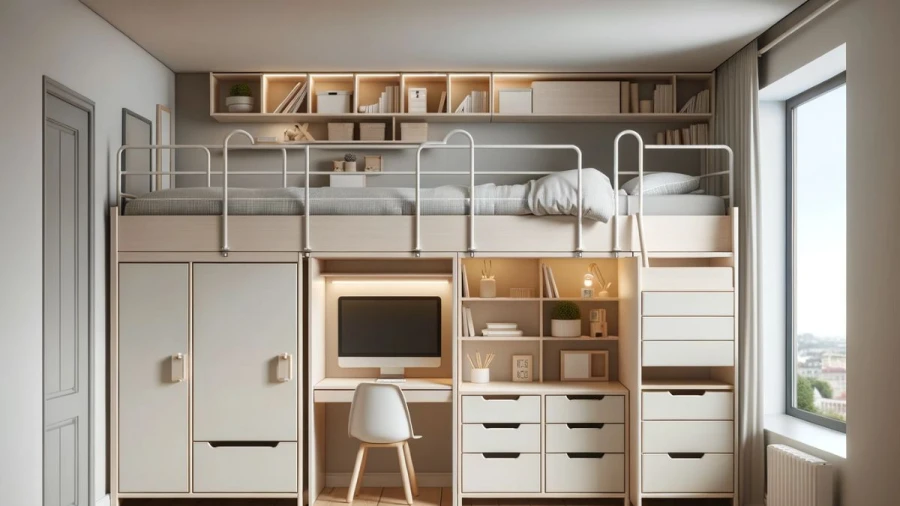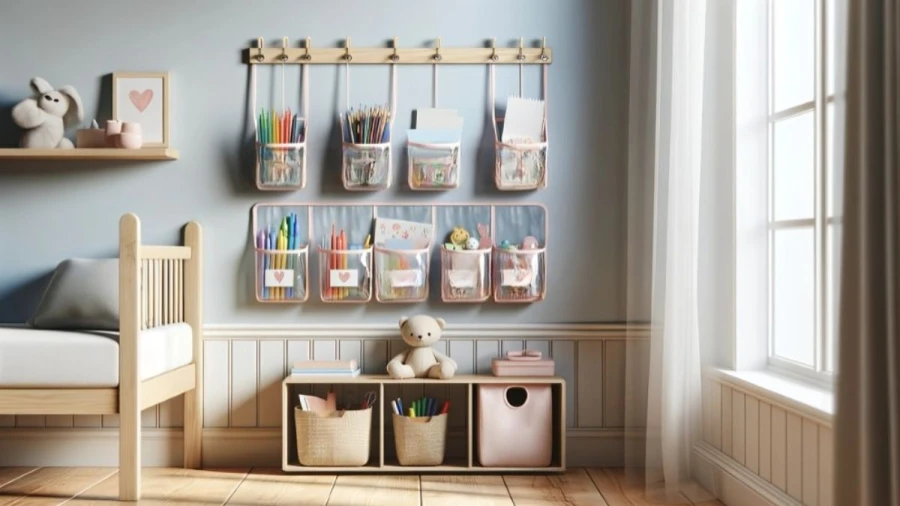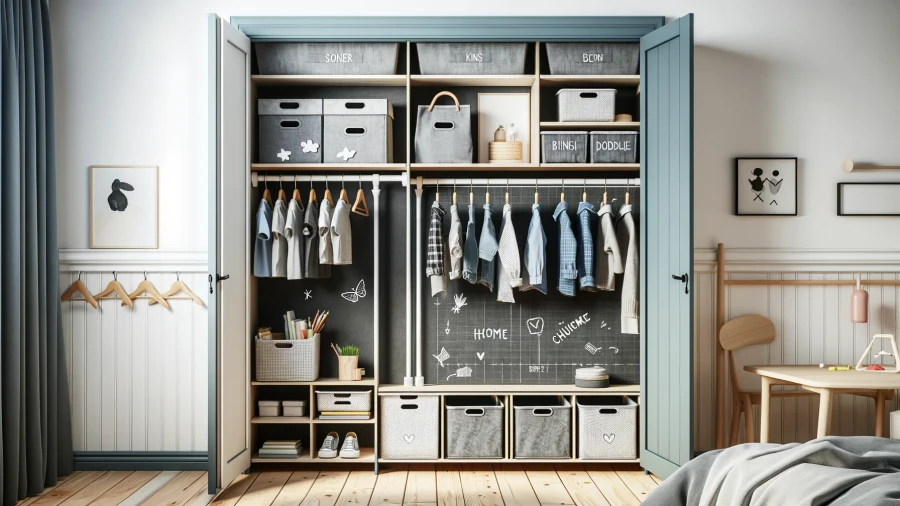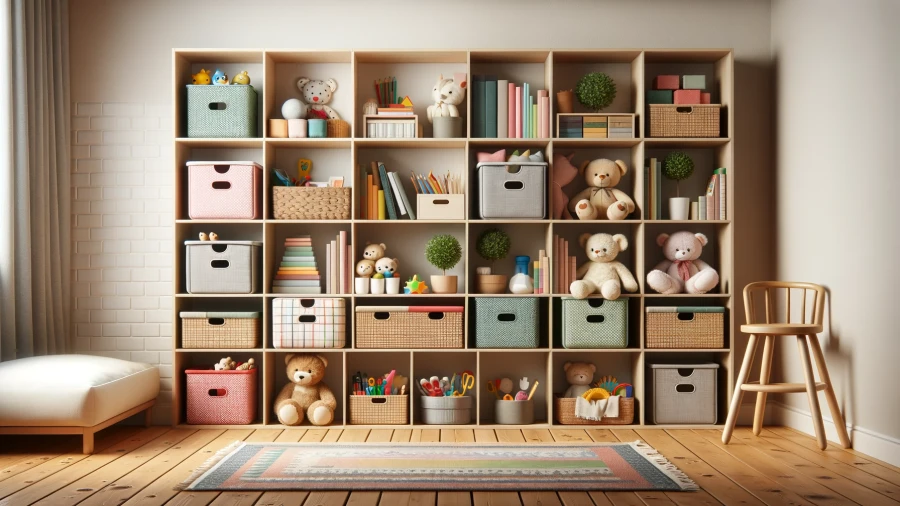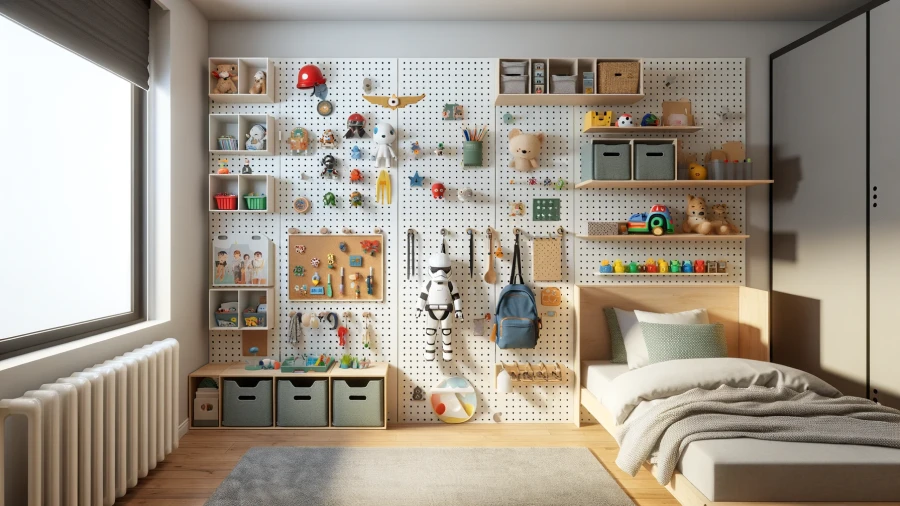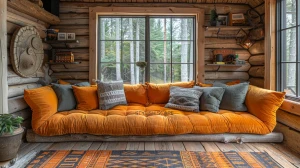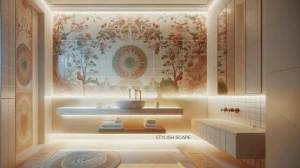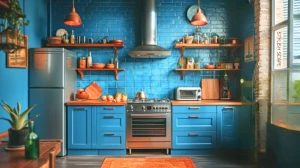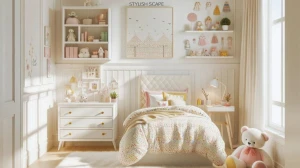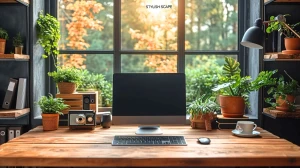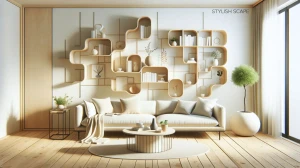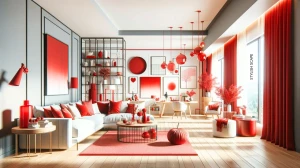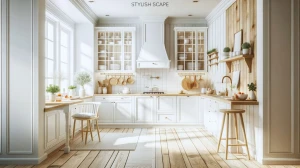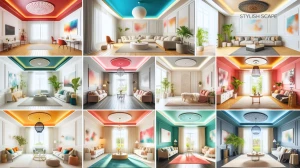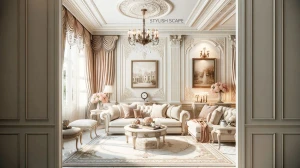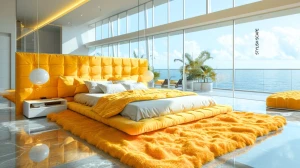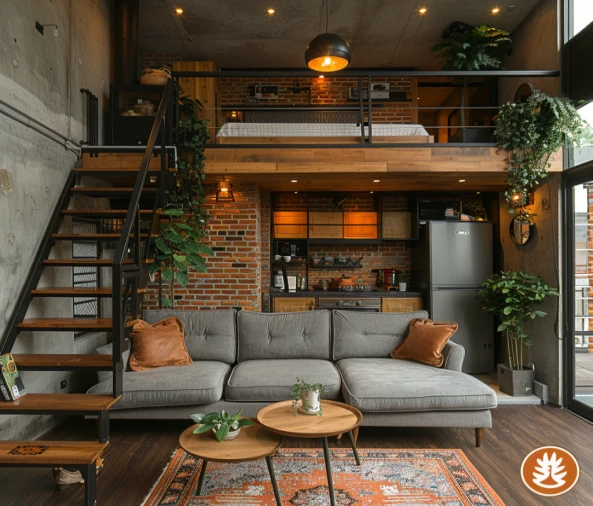
8 Kids' Room Storage Solutions for a Decluttered Home
Discover innovative solutions in our guide "8 Kids' Room Storage Ideas" to elevate your child's space, revealing smart designs that promise both tidiness and charm in every corner.
by Abinaya
Updated Jan 19, 2024
On This Page
In the delightful chaos of childhood, maintaining a clutter-free and organized space can often feel like an elusive dream for parents. However, with the right strategies and creative solutions, achieving a tidy and functional kids' room is not only possible but can also be an enjoyable endeavor. In this guide, we present "8 Kids' Room Storage Solutions for a Decluttered Home," where we unveil a collection of clever ideas designed to transform your little one's living space into an organized haven.
From innovative shelving units to space-saving bins, these solutions not only cater to the practical needs of storage but also infuse an element of fun and creativity, turning the task of tidying up into an engaging experience for both parents and children. Embarking on the journey to a clutter-free haven, these storage solutions go beyond the conventional, embracing the whimsical nature of childhood while seamlessly integrating functionality.
Whether you're dealing with a compact play area or a shared bedroom, these ideas are tailored to make the most out of available space, fostering a sense of order that complements the vibrant energy of your child's world. Join us as we explore these ingenious storage solutions, offering a roadmap to transform your kids' room into a harmonious blend of organization and imagination.
1. Colorful Storage Bins and Baskets
Start by categorizing toys and belongings, then assign each category a specific color. Use this color-coded system for storage bins and baskets, making it easy for kids to associate colors with types of items. For instance, red bins could be for toys, blue for books, and green for art supplies. Additionally, consider labeling each bin with pictures or words to further assist younger children in identifying and returning items to their designated spaces.
The vibrant colors not only add a playful touch to the room but also create an engaging and visually appealing storage solution. To make cleanup even more enjoyable, turn tidying up into a game. Challenge the kids to race against the clock, putting items into their corresponding colored bins. This turns organization into a fun activity, fostering a positive attitude toward keeping their space clutter-free.
2. Under-Bed Storage
When implementing under-bed storage, opt for drawers or bins that easily slide in and out. Choose transparent containers to provide a clear view of the contents, making it simpler for both kids and parents to locate specific items without having to pull out multiple drawers. Additionally, consider incorporating dividers within the drawers to keep different types of items separated and organized.
To maximize the functionality of under-bed storage, create a rotating system for toys or seasonal items. Store the most frequently used items at the front for easy access, and periodically swap out toys or clothes to keep the selection fresh and exciting. This not only keeps the under-bed storage space organized but also introduces an element of novelty for the children.
3. Floating Shelves
When installing floating shelves, think about creating designated sections for different purposes. Dedicate one shelf to books, another to trophies and awards, and a third to decorative items. To make the shelves even more engaging, consider arranging books and toys in a visually appealing way, creating a mini-display that serves both decorative and functional purposes.
Use the opportunity to rotate displayed items periodically, introducing variety and maintaining the child's interest. Encourage the kids to take ownership of their floating shelves by allowing them to personalize the display. Provide a mix of open shelves and those with decorative bins or baskets to offer a combination of exposed and concealed storage. This way, children can showcase their favorite items while ensuring a clutter-free appearance.
4. Multi-Functional Furniture
Choose furniture that serves multiple purposes to optimize space in the kids' room. For example, a bed with built-in drawers or a loft bed with a desk and storage underneath can provide sleeping, studying, and storage solutions all in one. Ensure that the storage compartments are easily accessible, allowing kids to independently retrieve and put away their belongings.
Consider furniture with rounded edges and durable materials for safety and longevity. Involve the children in the selection process by letting them choose furniture that reflects their personal style and preferences. By making the furniture a part of their decision-making, they are more likely to take pride in maintaining a neat and organized space. Additionally, explore modular furniture options that can adapt to changing storage needs as the child grows.
5. Hanging Wall Organizers
When incorporating hanging wall organizers, strategically place them at a height accessible to the child. Opt for organizers with clear pockets or labels so that kids can easily see and reach their belongings. Assign specific pockets for different items, such as markers, crayons, or small toys. To add an interactive element, encourage children to decorate or label the pockets themselves, fostering a sense of ownership.
Make a habit of regularly rotating the items in the hanging organizers to keep the content fresh and maintain the child's interest. Additionally, consider incorporating a daily or weekly routine where the child can independently check and restock their hanging organizer. This not only reinforces organizational skills but also empowers them to take responsibility for their space.
6. Closet Organization Systems
Customize closet organization systems based on the child's needs and the types of items to be stored. Use adjustable shelves and rods to accommodate different sizes of clothing and accessories. Integrate labeled bins or baskets within the closet to keep smaller items organized. For a playful touch, consider decorating the closet doors with chalkboard paint or adhesive whiteboards, allowing kids to doodle, write, and create their own organizational system.
Involve the child in the closet organization process by discussing and deciding on the layout together. Create a visual guide with pictures or labels indicating where specific items belong. This collaborative effort not only imparts valuable organizational skills but also makes the child feel more connected to their space.
7. Bookshelves with Storage Cubes
When using bookshelves with storage cubes, consider dedicating each cube to a specific category of items. For example, designate one cube for books, another for stuffed animals, and a third for art supplies. Use colorful bins or baskets within the cubes to keep smaller items organized. To make the system even more versatile, choose storage cubes that can be easily removed and rearranged, allowing for flexibility as the child's interests and belongings evolve.
Encourage kids to participate in organizing their storage cubes by sorting and arranging items based on their preferences. Create a reading nook by placing a cozy rug and cushions in front of the bookshelf, making it a comfortable and inviting space for the child to explore their favorite books.
8. Interactive Wall Pegboards
Install pegboards on the walls to create an interactive and customizable storage solution. Attach hooks, bins, and shelves to the pegboard, providing a versatile system for hanging and organizing items such as backpacks, hats, and small toys. Encourage kids to arrange and rearrange the elements on the pegboard, allowing them to experiment with different layouts and take an active role in organizing their belongings.
To make it even more engaging, incorporate themed sections on the pegboard, such as a dedicated space for art supplies or a display area for favorite toys. This not only keeps the room tidy but also adds an element of personalization and creativity to the organization process.
